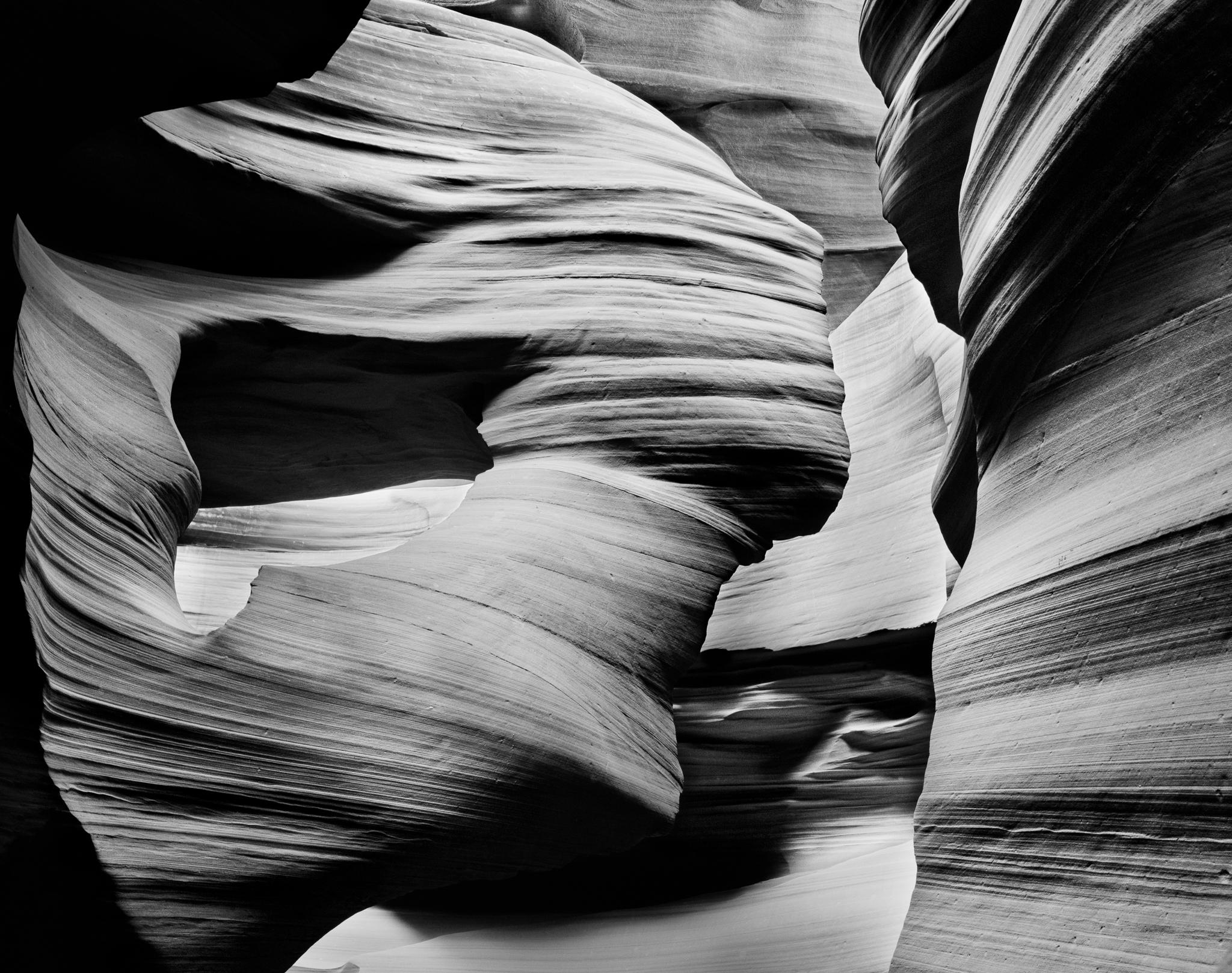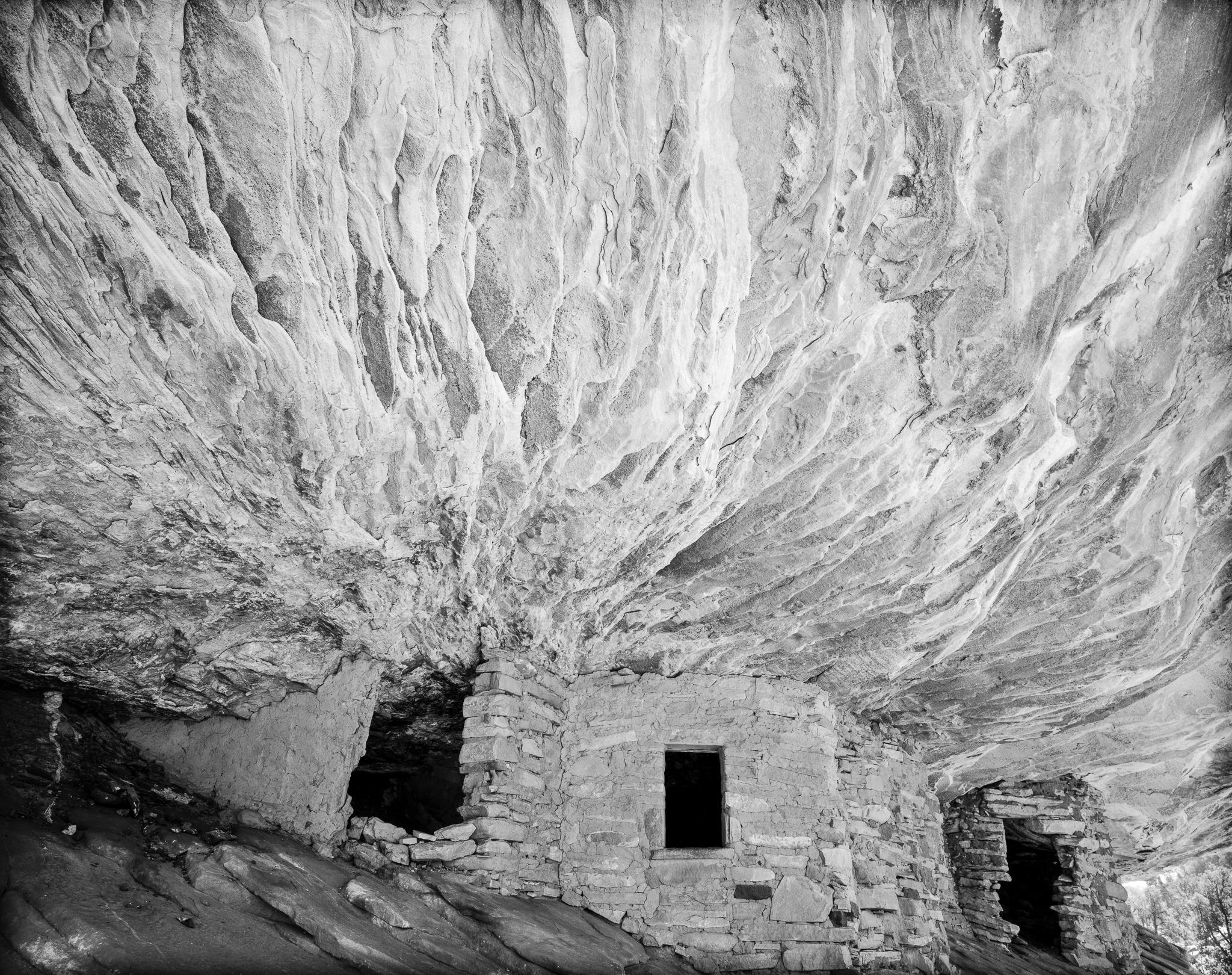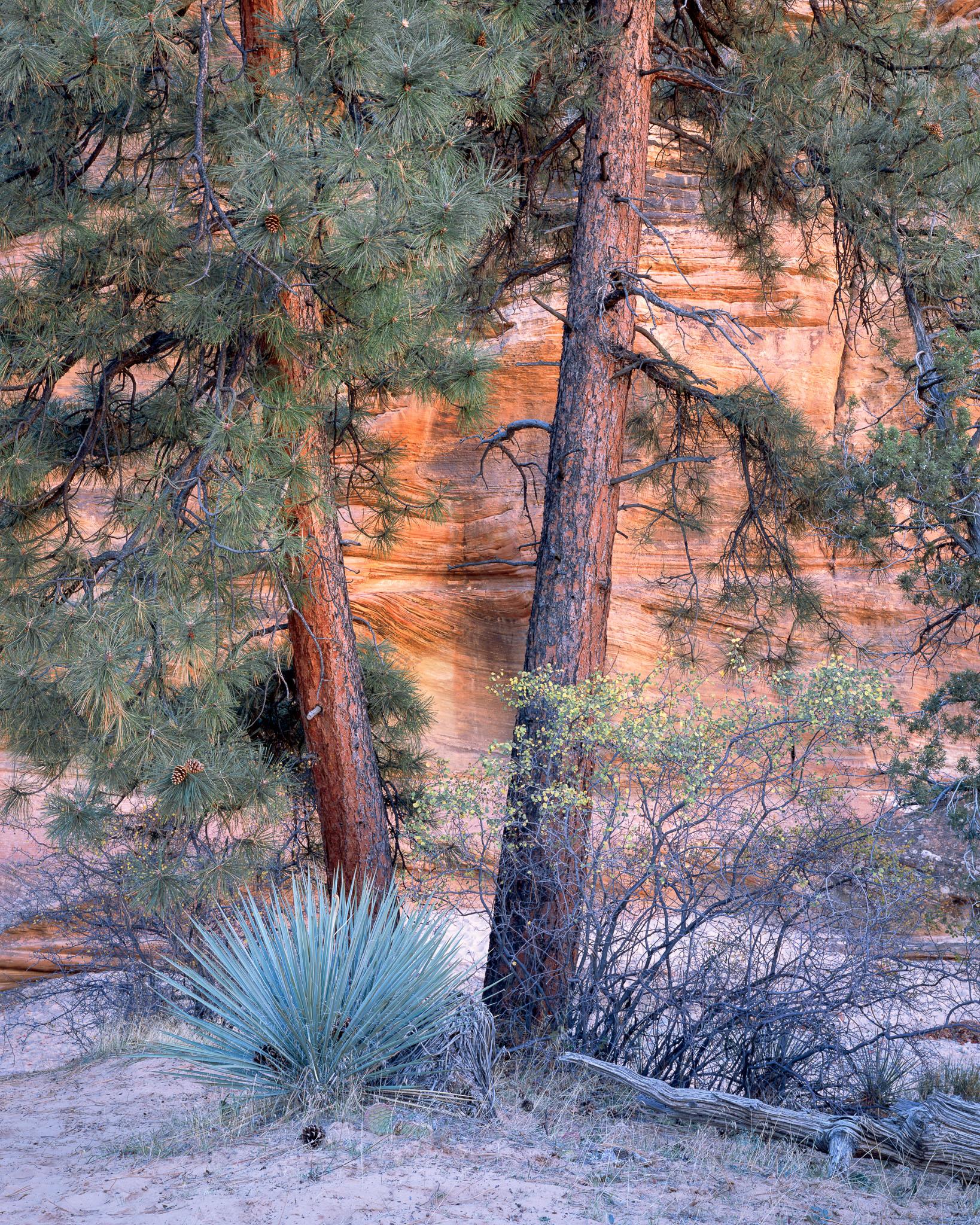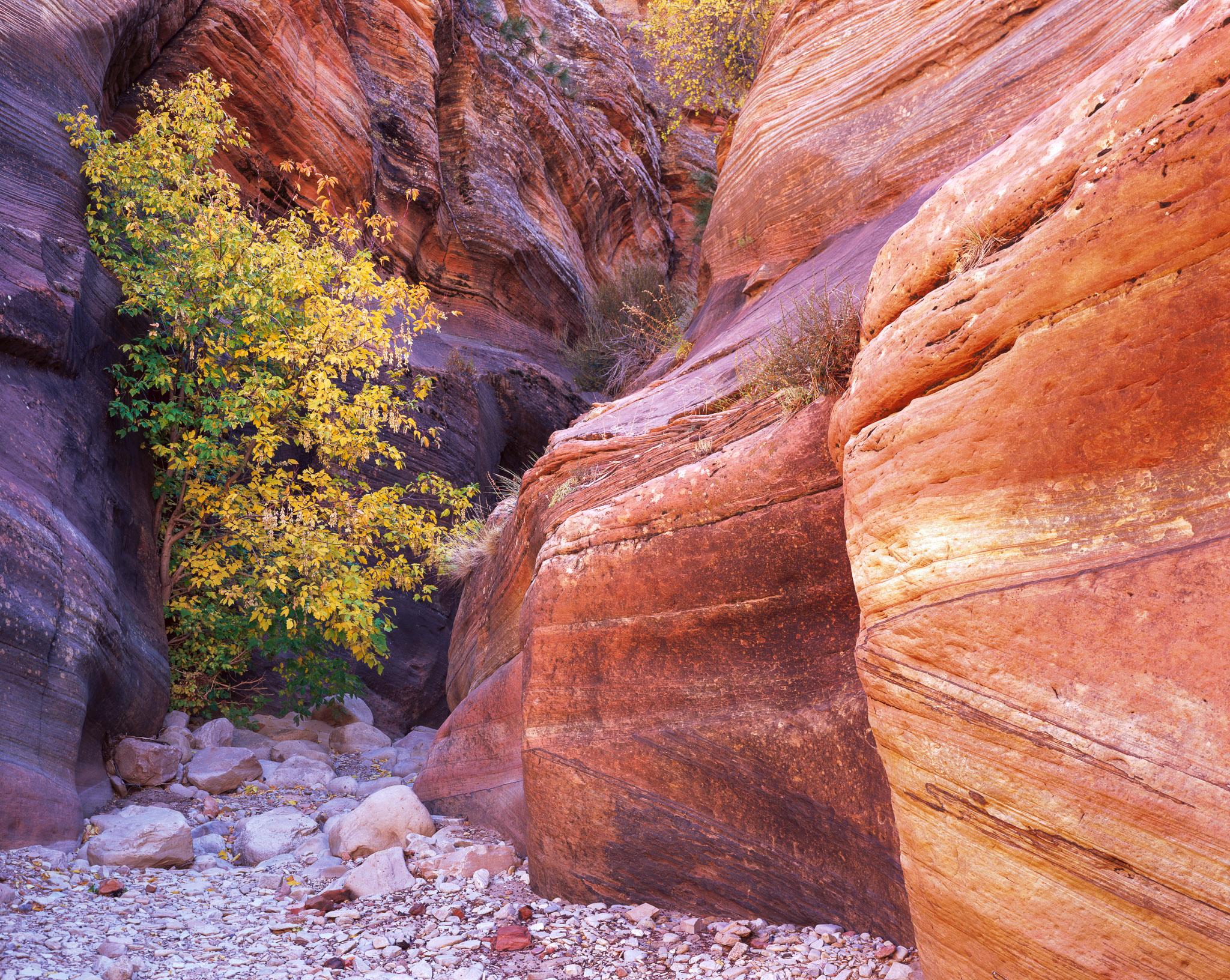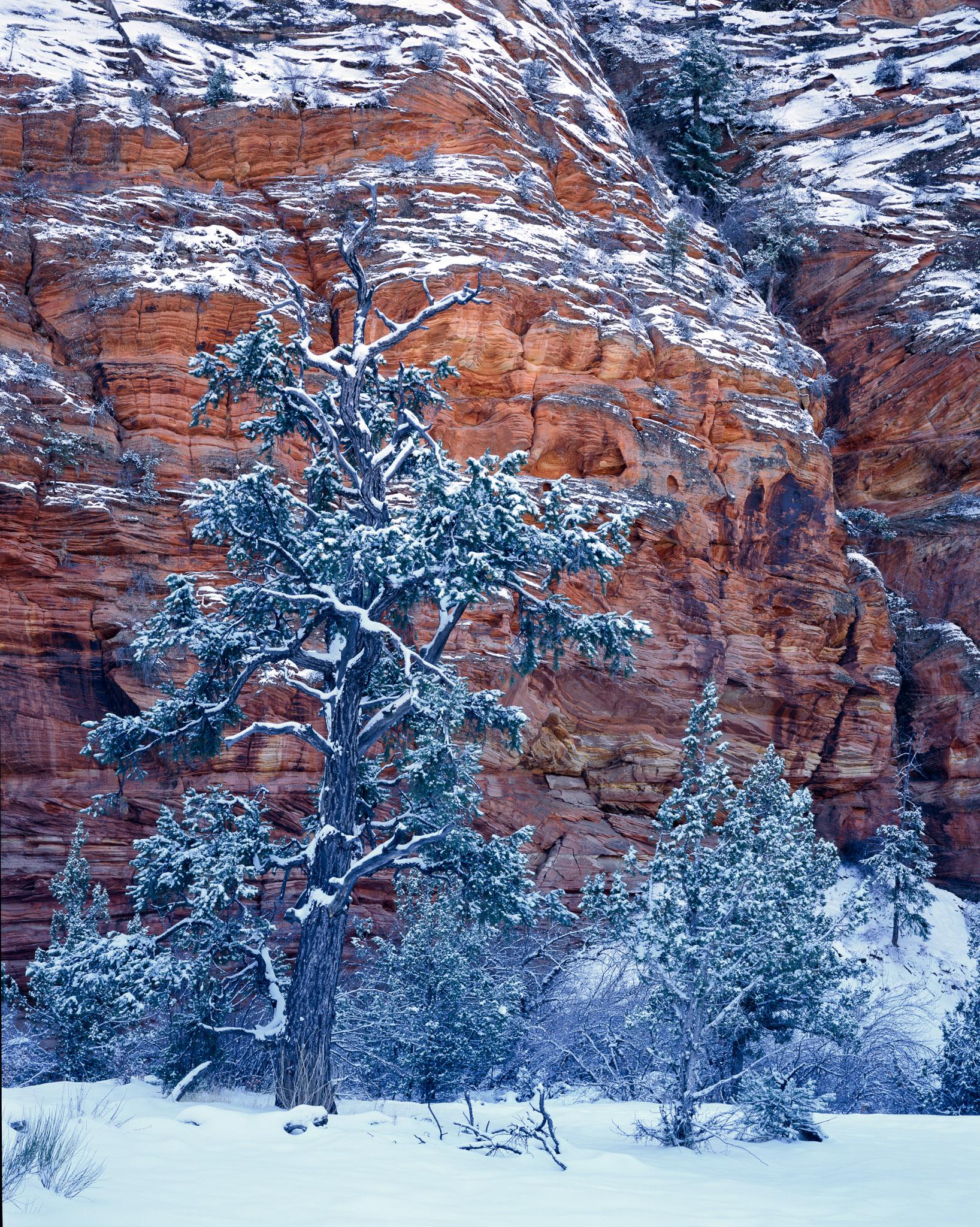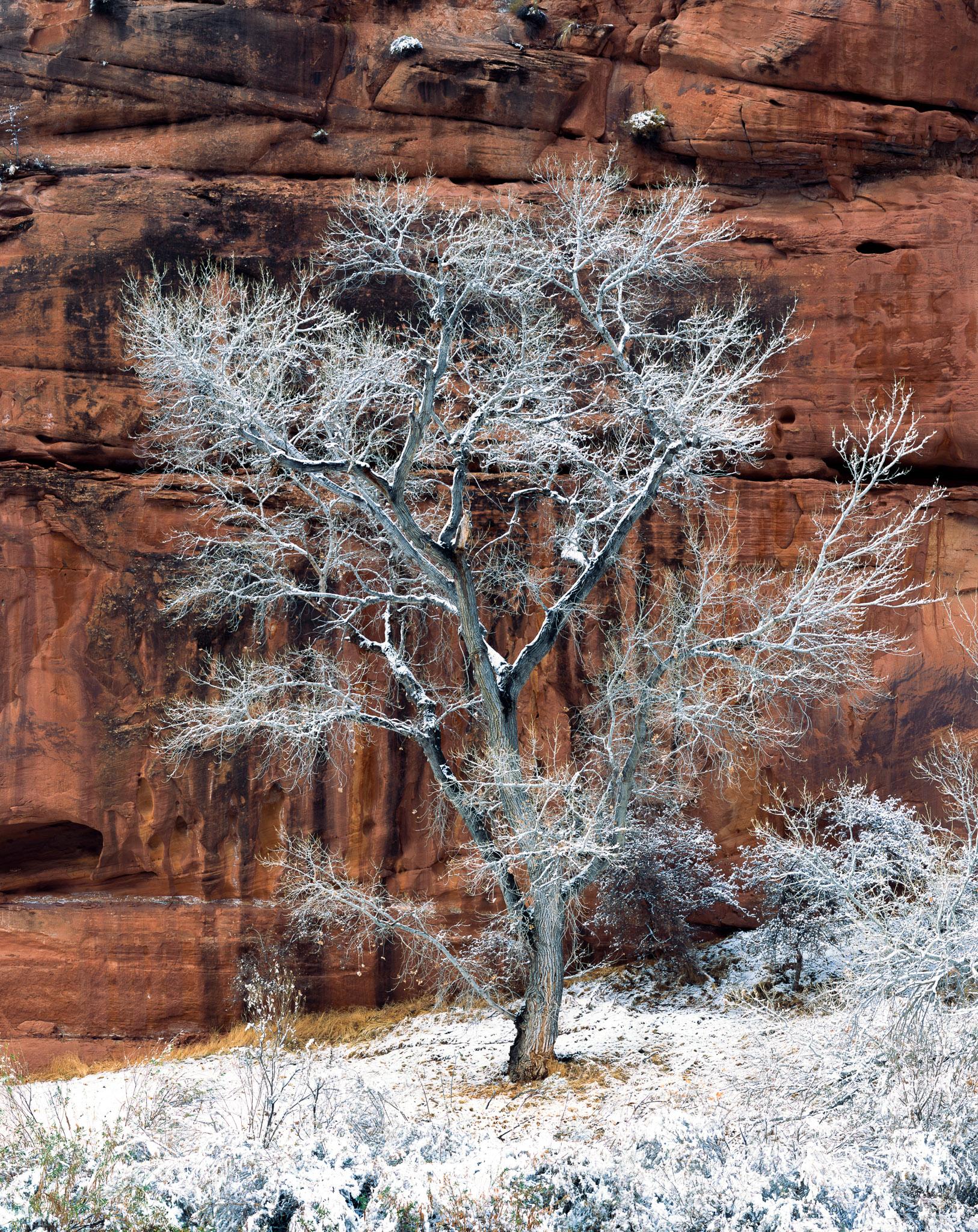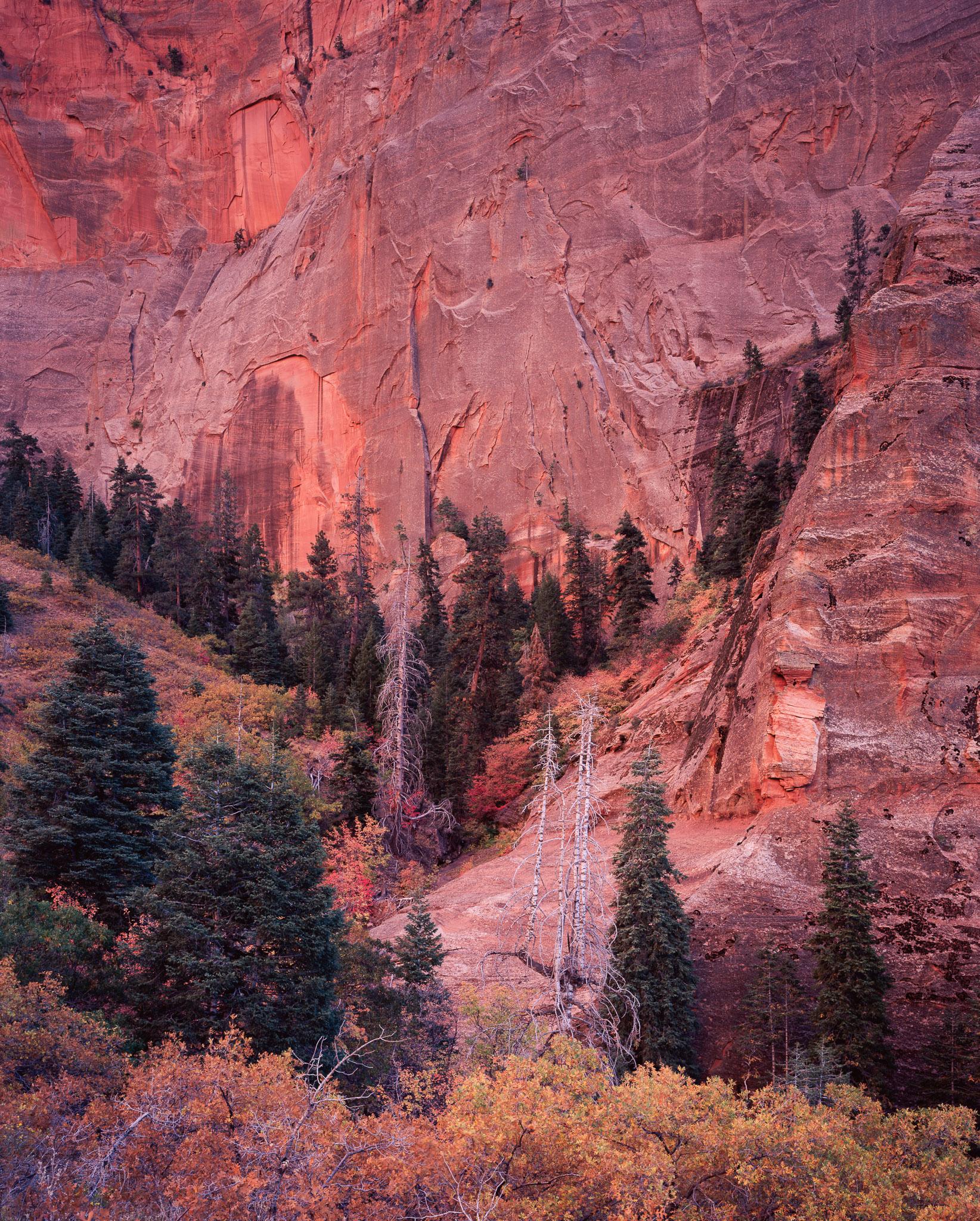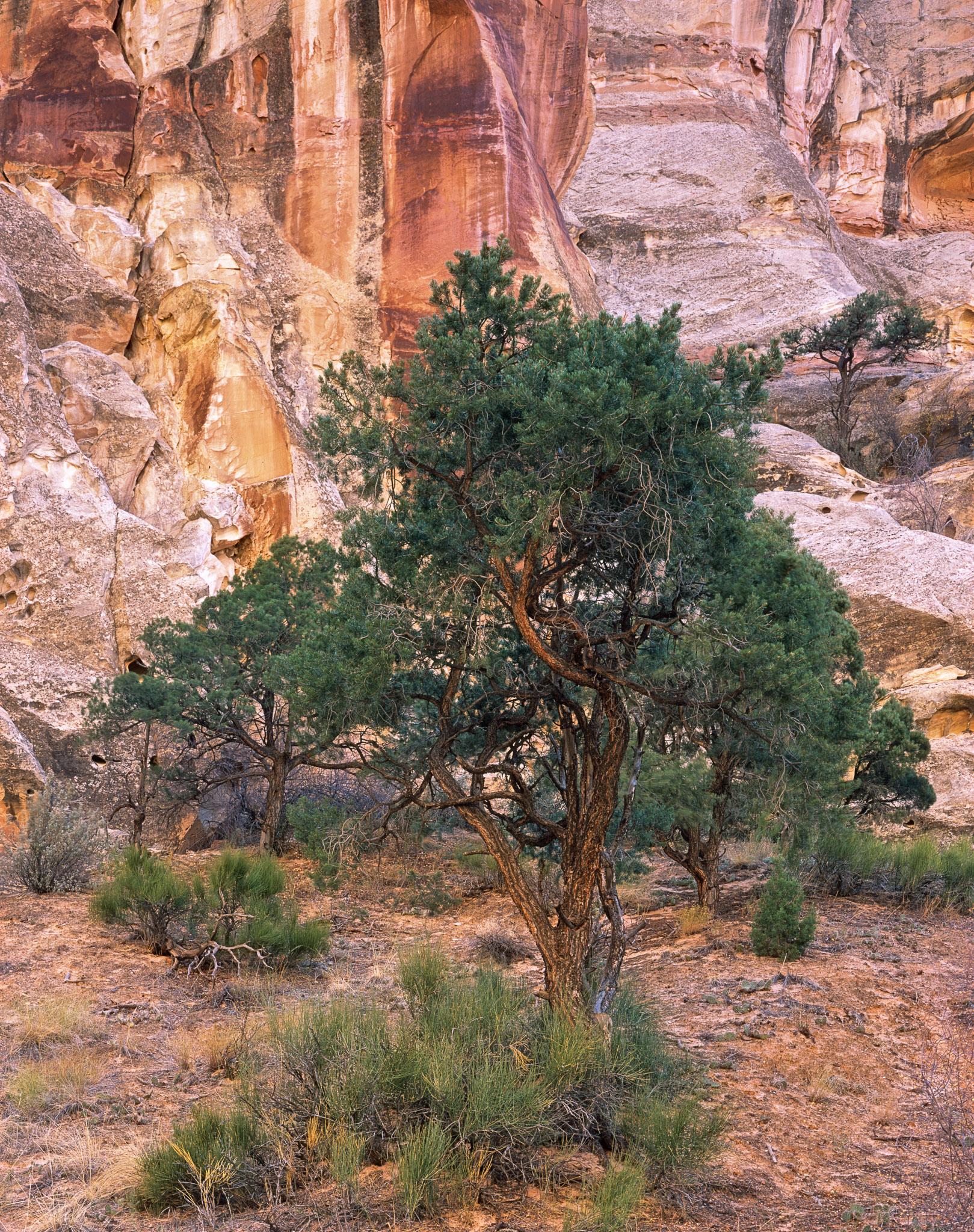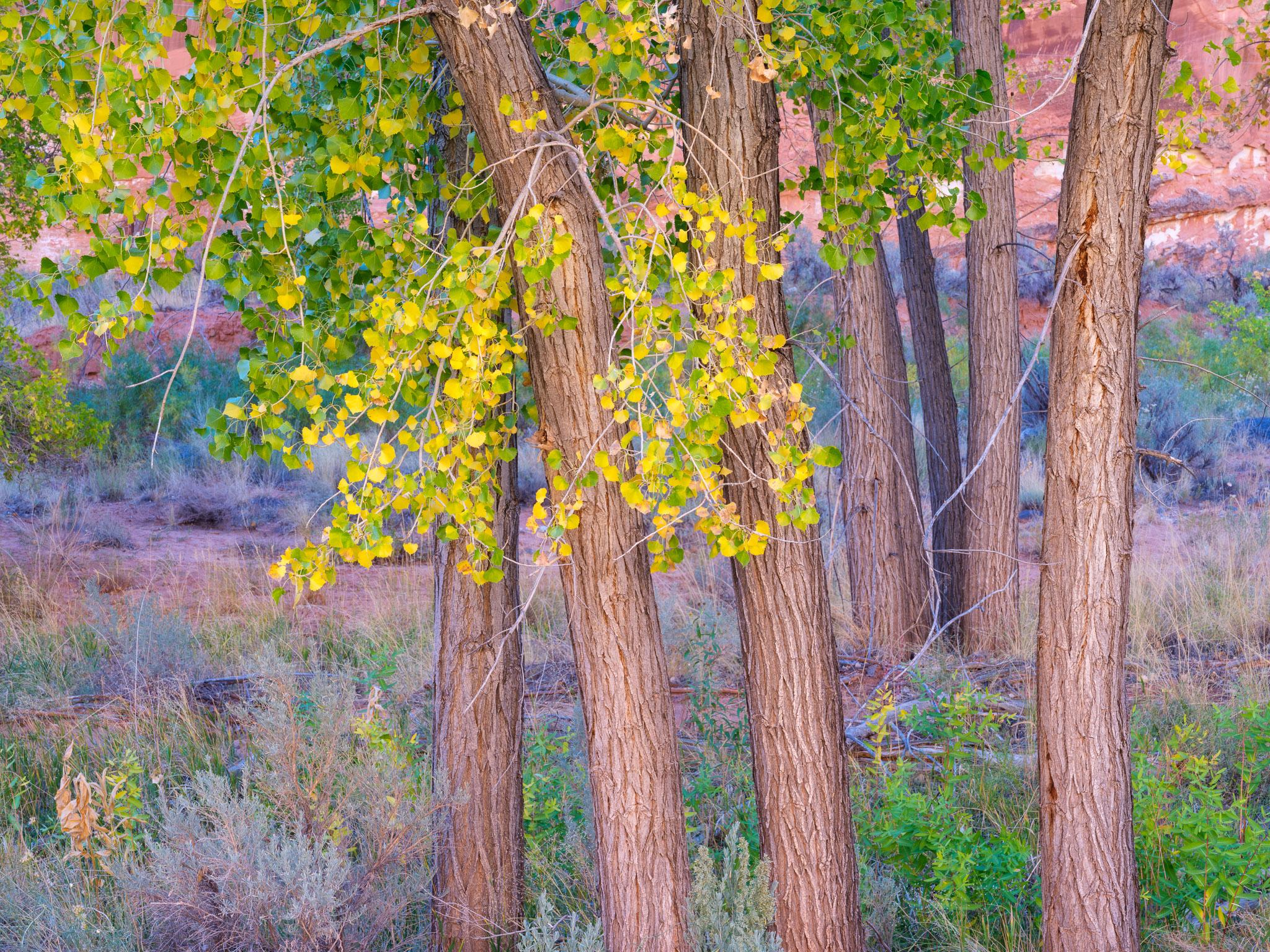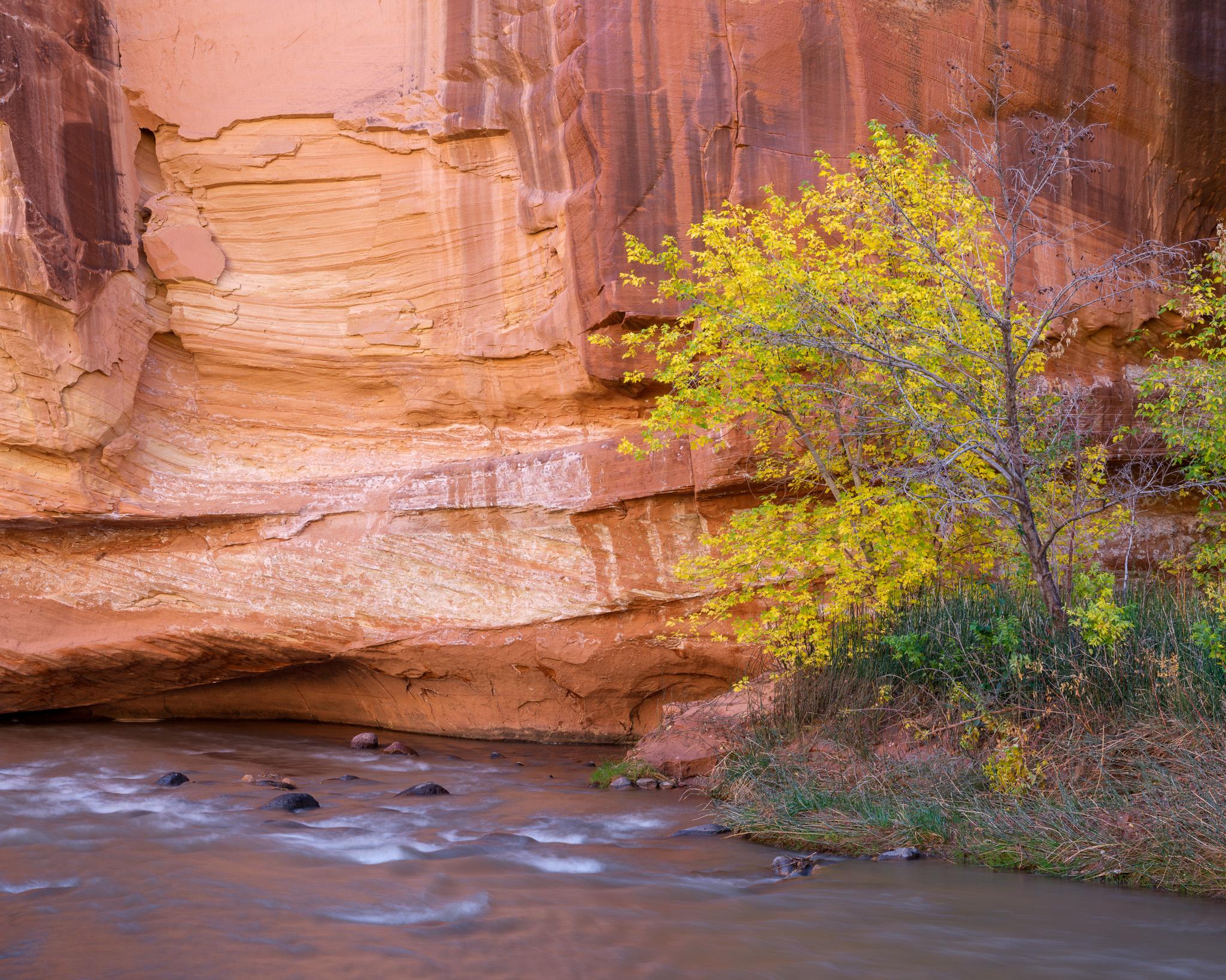Reflected Light Fine Art Prints
Mirror images and water reflections creating symmetrical compositions that double the visual impact of natural landscapes.
Museum-quality archival prints • Multiple sizes available • Limited editions
Showing 21 available prints from the Reflected Light collection
Reflected Light Landscape Photography
Reflection photography captures landscapes mirrored in calm water surfaces, creating symmetrical compositions that double visual interest and transform ordinary scenes into extraordinary images. Perfect reflections require specific conditions—calm water, appropriate lighting, and careful positioning—that occur infrequently enough to make successful reflection images particularly valued by collectors. The symmetry inherent in reflections creates powerful, balanced compositions that hold viewer attention through their unusual perspective and doubled visual impact.
Large format photography proves particularly effective for reflection subjects, resolving fine detail in both landscape and reflected image while the larger viewing screen facilitates precise composition alignment. The format's exceptional tonal range captures subtle gradations between sky reflections and actual sky, while careful exposure preserves detail in both bright highlights and darker water surfaces. The methodical working process encourages waiting for optimal conditions—minimal wind, appropriate light angles, and interesting subject matter—essential for compelling reflection photographs.
Water Reflections
Still water surfaces create natural mirrors that reflect landscapes with remarkable fidelity when conditions align. Alpine lakes at dawn, desert pool reflections after rare rains, and coastal tide pools all provide reflection opportunities, each with distinctive characteristics and challenges. Dawn and dusk typically offer optimal conditions—calm air, interesting light, and dramatic skies worth reflecting—while midday often produces harsh lighting and wind-disturbed water. Successful reflection photography requires patience, waiting for wind to subside and light to reach optimal angles that illuminate both subject and reflection effectively.
Symmetrical Compositions
Reflection photographs naturally create symmetrical compositions, but deciding where to position the horizon line proves critical. Centered horizons emphasize symmetry and balance, creating formal compositions with equal weight above and below. Offset horizons favor either landscape or reflection, creating dynamic compositions that use reflection as supporting element rather than equal partner. The best placement depends on which element—actual landscape or reflected image—provides more compelling visual interest, along with consideration of how perfectly the reflection mirrors the subject.
Fine Art Reflection Prints
Reflected light photographs are printed using archival techniques that preserve the subtle tonal transitions, mirror-like clarity, and symmetrical balance that make these images compelling. Each print captures the exceptional detail and smooth gradations that large format photography provides for reflection subjects requiring precise tonal control.
Limited edition prints available in sizes from 11x14 inch intimate reflection studies to large 40x50 inch dramatic mirror compositions. All prints include certificates of authenticity and are produced on museum-quality materials suitable for collectors of reflection landscape photography.
Reflected Light Photography FAQ
What conditions create the best reflection photographs?
Optimal reflection conditions include perfectly calm water without wind disturbance, interesting subjects worth reflecting, and appropriate lighting that illuminates both landscape and reflection effectively. Dawn and dusk typically provide these conditions—minimal wind, dramatic skies, and directional light. Successful reflection photography requires patience, waiting for all elements to align simultaneously during brief optimal windows.
How do you compose reflection photographs effectively?
Reflection composition centers on horizon line placement—centered for formal symmetry emphasizing balance, or offset favoring either landscape or reflection based on which provides more visual interest. Additional considerations include eliminating distracting foreground elements, ensuring reflection clarity, and using appropriate depth of field to maintain sharpness in both subject and reflected image across the compositional depth.
Are reflection prints suitable for contemporary spaces?
Yes, reflection photography's symmetrical compositions and modern aesthetic appeal to contemporary design sensibilities. The balanced, formal qualities work particularly well in minimalist and modern interiors where clean lines and geometric patterns dominate. Reflection images also provide visual interest through their unusual perspective while maintaining the sophisticated appearance collectors expect from fine art landscape photography.



